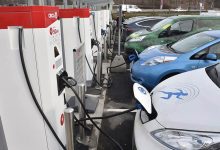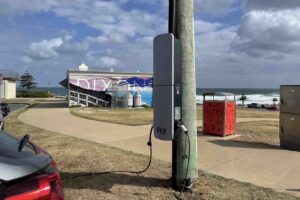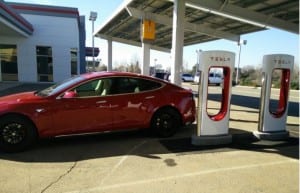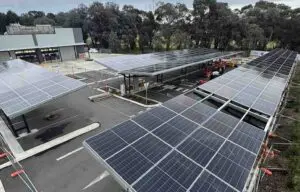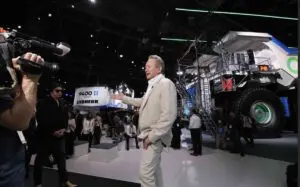Having lived in Oslo for a full year now, I am well and truly used to walking around the city among electric vehicles. They’re extremely common; peering outside my window right now I can see a BMW i3, a shiny new Nissan Leaf, and a Tesla Model 3. They’re all charged up using the extremely-low-emissions Norwegian electrical grid, almost entirely hydro power with some wind and gas generation.
Norway is also a global leader in the extraction and sale of fossil fuels. Mostly oil, with some gas, the country’s leaders plan to continue exploring for, extracting and selling these fossil fuels well into the future. And the emissions that stem from these activities once these fuels are burned massively outweigh emissions from within the borders of Norway:
The problem is double-barreled – the oil and gas extraction industry also increases emissions within the country, because these extraction processes are themselves emissions intensive, even before any fossil fuels are combusted in the bellies of combustion engine vehicles:
These are two conflicting stories. Movement here in Oslo, and in Norway in general, is among the cleanest in the world. But the country still relies heavily on selling fossil fuels, with a big emissions impact both domestically and overseas.
EVs are set for a global rise – but it needs to be quicker
Recently, Norwegian hydro giant Statkraft hosted the Nordic launch of Bloomberg New Energy Finance (BNEF)’s ‘Electric Vehicle Outlook (EVO) 2020’, summarising both the impacts of COVID-19 on transport and the near-future prospects for transition in transport.
To read the full version of this story – and view the photo gallery – on RenewEconomy’s electric vehicle dedicated site, The Driven, click here…
RenewEconomy and its sister sites One Step Off The Grid and The Driven will continue to publish throughout the Covid-19 crisis, posting good news about technology and project development, and holding government, regulators and business to account. But as the conference market evaporates, and some advertisers pull in their budgets, readers can help by making a voluntary donation here to help ensure we can continue to offer the service free of charge and to as wide an audience as possible. Thankyou for your support.

